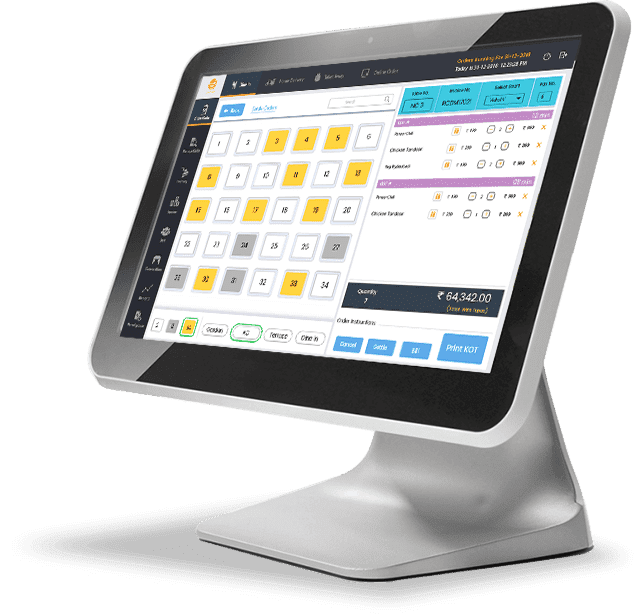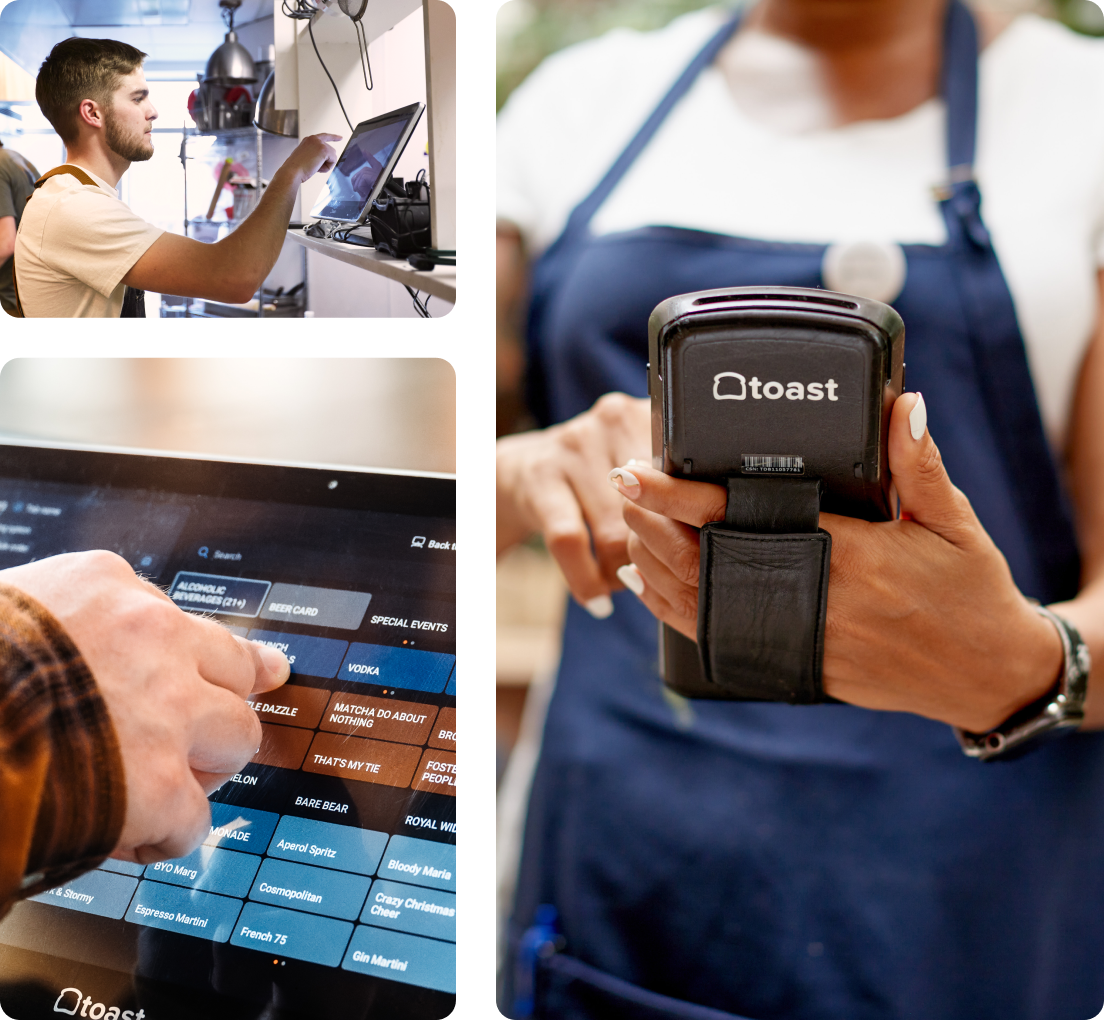Restaurant POS Software capabilities that ensure accuracy during rush times
Just How POS System Functions: A Comprehensive Guide for Organization Owners
A POS system serves as a crucial device for contemporary services, incorporating various elements to improve operations. It includes hardware like barcode scanners and software program available monitoring. This system not just refines deals yet also takes care of inventory and analyzes consumer actions. Understanding its capability can greatly impact an organization's performance and decision-making. What are the crucial elements that contribute to this effectiveness? Exploring these components offers valuable understandings.
Recognizing the Components of a POS System
A Point of Sale (POS) system is made up of several key parts that function with each other to facilitate purchases and manage business operations. At its core, the equipment includes gadgets such as a sales register, barcode scanner, invoice printer, and settlement terminal, all necessary for processing sales (Restaurant POS Software). The software part manages supply, sales monitoring, and client data, offering important insights for service decisions.Additionally, databases store purchase records and consumer info, making certain information honesty and protection. Network connectivity makes it possible for real-time updates and access to cloud-based services, enhancing operational performance. Interface, made for convenience of use, enable personnel to navigate the system promptly, minimizing training time. Together, these components develop a natural system that streamlines the sales procedure, enhances customer care, and help in effective administration of organization sources. Comprehending these components is important for local business owner looking for to enhance their POS systems
How Sales Purchases Are Processed
When a customer makes a decision to make an acquisition, the sales transaction starts a collection of systematic steps within the POS system. The cashier inputs the items being acquired, which are checked via a barcode reader or by hand gone into. This action obtains item information, including rates and applicable tax obligations, from the system's database.Next, the customer is provided with the total quantity due. The POS system then refines the payment, whether with money, credit scores card, or mobile settlement techniques. For digital payments, the POS safely communicates with repayment processors to license and validate the transaction.Once the payment is verified, the system creates an invoice, which can be printed or sent electronically. This invoice acts as evidence of acquisition for the client. Finally, the deal data is tape-recorded in the system, making certain precise sales documents and monetary tracking for the organization.
Inventory Management and Tracking
Reliable stock management and tracking are crucial components of a POS system, as they ensure that businesses maintain optimal supply degrees and reduce discrepancies. A robust POS system permits real-time stock updates, mirroring sales and returns instantaneously. This enables company owners to keep track of stock degrees precisely, making certain that popular items are readily available while stopping overstocking of much less prominent products.Additionally, advanced POS systems offer attributes such as computerized supply signals and reorder recommendations, improving the procurement procedure. Barcoding and RFID innovation enhance accuracy in tracking supply activity, reducing human mistake. Extensive coverage tools give insights into inventory turnover rates, helping companies make notified decisions regarding purchasing and product offerings. Eventually, reliable inventory management with a POS system not only enhances operational performance yet likewise enhances customer contentment by making certain item availability.

Analyzing Consumer Information and Insights
Client information analysis serves as an effective device for organizations making use of a POS system. By collecting and description taking a look at transaction information, businesses can uncover valuable insights concerning consumer behavior and choices. This evaluation allows them to identify acquiring patterns, peak purchasing times, and preferred products, thereby notifying inventory choices and advertising and marketing strategies.Additionally, services can sector their customer base, enabling personalized advertising efforts that deal with certain demographics or acquiring practices. Recognizing customer loyalty patterns additionally aids in creating targeted promos and benefits programs.The data obtained from a POS system can additionally disclose understandings right into customer feedback, making it possible for businesses to make educated decisions regarding product offerings and solution improvements. Eventually, leveraging customer information efficiently can improve the overall shopping experience, foster client contentment, and drive profits development.
Advantages of Applying a POS System
Executing a POS system offers many advantages that can substantially boost company procedures. To start with, it improves purchase procedures, lowering delay times and improving client complete satisfaction. By go right here automating sales processes, businesses can decrease human error and warranty accurate record-keeping. Furthermore, a POS system offers beneficial data analytics, enabling owners to track sales fads and inventory levels in real-time. This understanding supports notified decision-making, assisting to maximize supply management and advertising strategies.Moreover, numerous POS systems incorporate with various other company tools, such as accountancy software program, streamlining monetary management. Boosted staff member monitoring features, such as tracking hours and performance, additional add to operational efficiency.Lastly, the execution of a POS system can result in raised earnings through enhanced consumer experiences and critical understandings, inevitably cultivating company growth and sustainability.
Often Asked Inquiries
What Sorts Of Services Can Gain From a POS System?

Exactly how Much Does a POS System Usually Expense?
The cost of a POS system usually ranges from a few hundred to several thousand bucks, depending on features, equipment, and software - Restaurant POS Software. Businesses must think about recurring charges for upkeep, assistance, and transaction processing when budgeting

Can I Integrate a POS System With Existing Software?
Incorporating a POS system with existing software is usually possible. Lots of systems offer APIs or integrated compatibility features, enabling services to simplify operations and boost functionality by attaching various software application applications properly.
What Training Is Required for Personnel to Make Use Of a POS System?
Training for staff to use a POS system typically includes understanding software program functionalities, processing deals, handling inventory, and dealing with customer communications - Restaurant POS look what i found Software. Practical demonstrations and hands-on method sessions improve efficiency and self-confidence in operation the system effectively
What Happens if the Internet Goes Down While Using a POS System?
If the net drops throughout POS system use, purchases might be disrupted. Numerous systems supply offline capacities, enabling basic procedures to continue, but complete capability, consisting of real-time stock updates, will certainly be restricted.